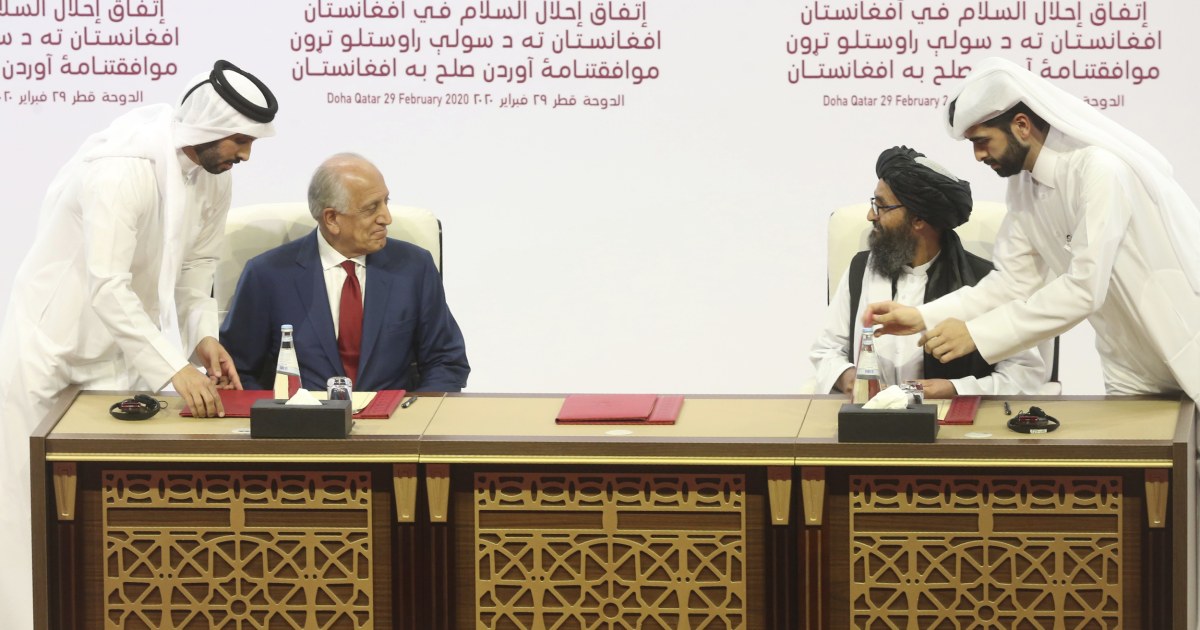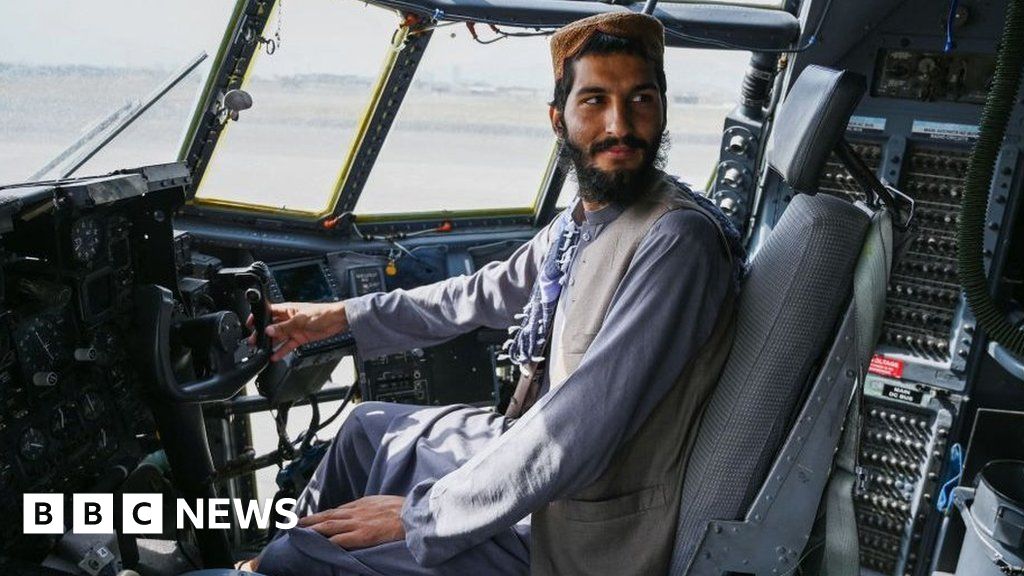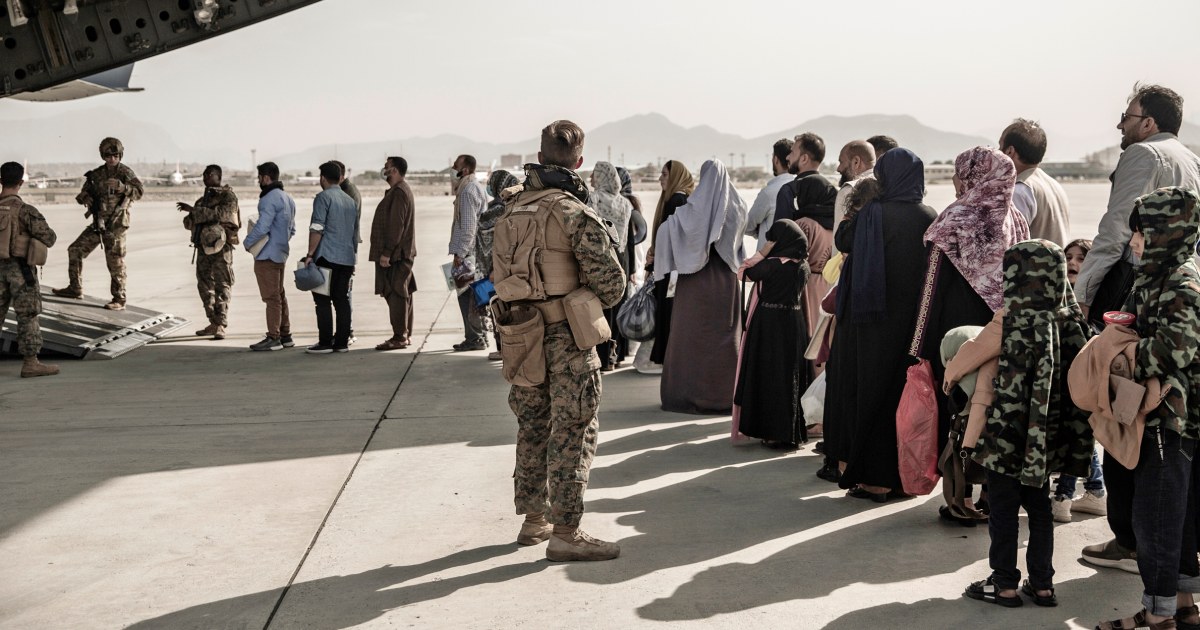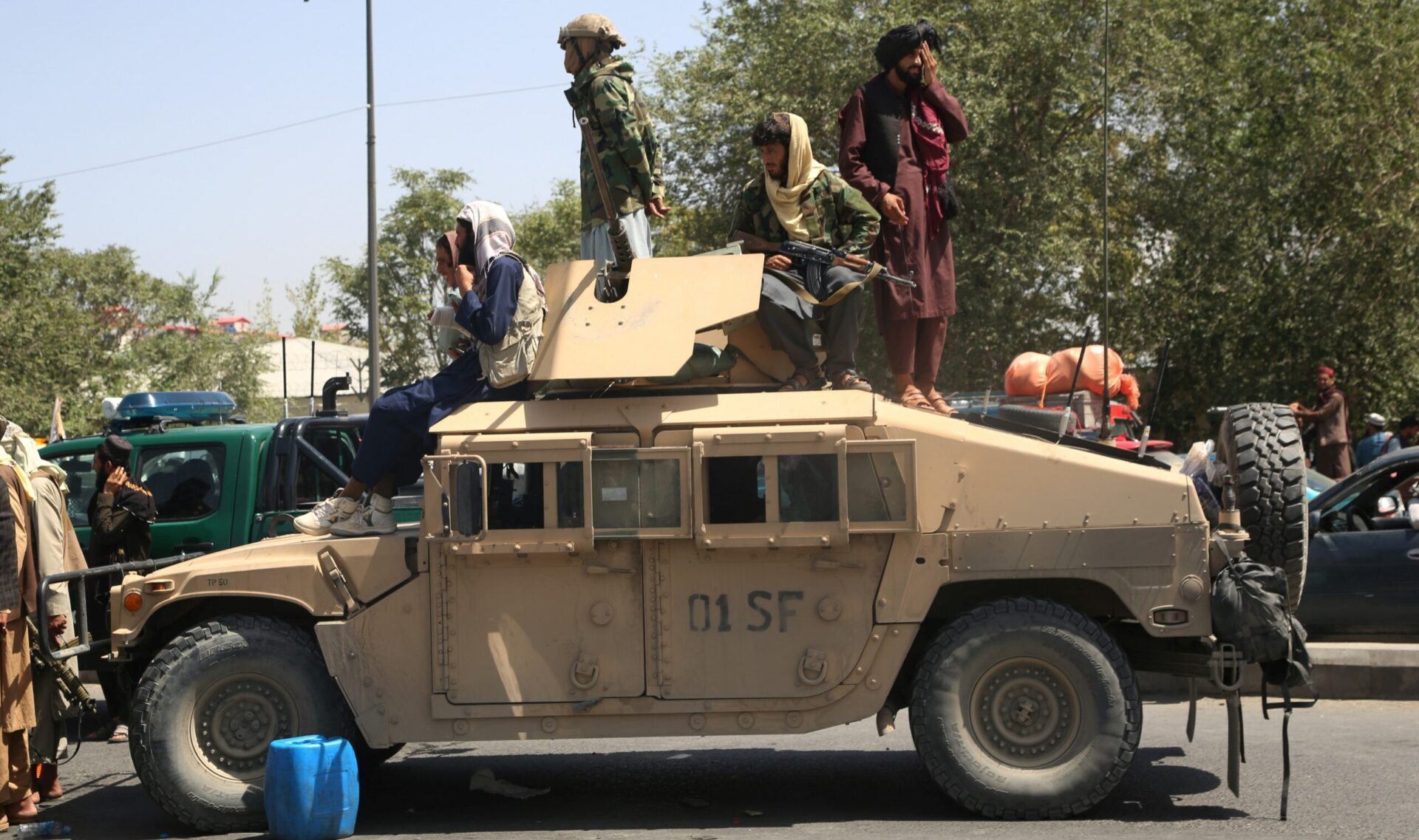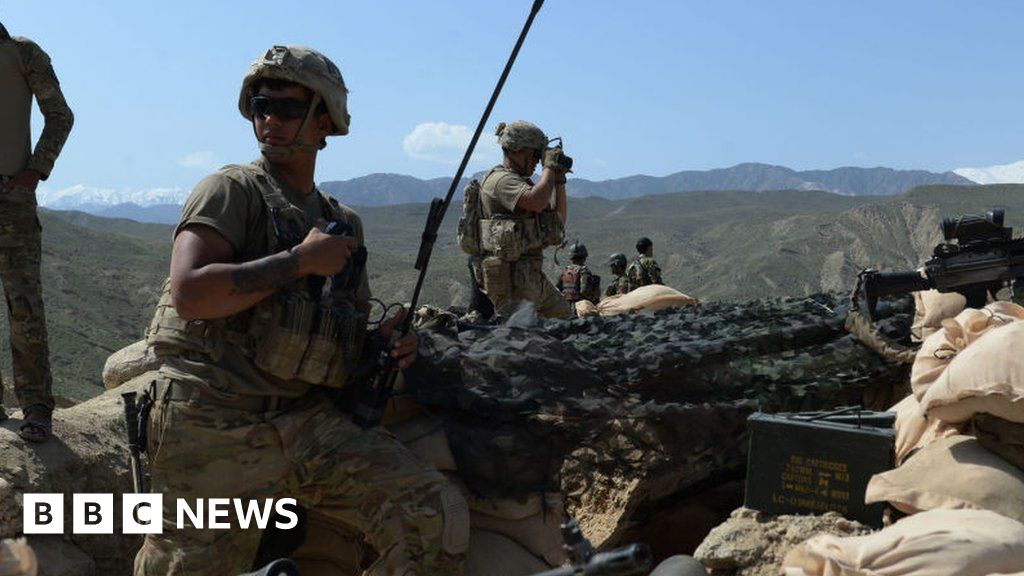"...when Ambassador Khalilzad signed the Doha agreement with Mullah Baradar on 29, February, 2020, United States at 12,600 US troops with 8,000 NATO and 10,500 contractors. This has been a 10 year multi administration draw down, not a 19 month or 19 day NEO. Under the Doha agreement, the US would begin to withdraw its forces contingent upon Taliban meeting certain conditions, which would lead to a political agreement between the Taliban and the government of Afghanistan. There were seven conditions applicable to the Taliban and eight conditions applicable to the United States. While the Taliban did not attack US forces, which was one of the conditions, it failed to fully honor, any, any other condition under the Doha agreement."
Got that Duke. One out of seven conditions of the Conditional Withdrawal Agreement and the only one they complied with.
"Based on my advice and the advice of the commanders, then Secretary of Defense, Esper, submitted a memorandum on nine November recommending to maintain US forces at a level between about 2500 and 4500 in Afghanistan until conditions were met for further reduction. Two days later on 11, November, 2020, I received an unclassified signed order directing the United States military to withdraw all forces from Afghanistan no later than 15, January, 2021.
Gen. Milley: (
32:48)
After further discussions regarding the risks associated with such a withdrawal, the order was rescinded. On 17 November we received a order, to reduce levels to 2,500 plus enabling forces no later than 15 January. When president Biden was inaugurated, there were approximately 3,500 US troops, 5,400 NATO troops and 6,300 contractors in Afghanistan with a specified task of train, advise and assist along with a small contingent of counter terrorism forces. The strategic situation at inauguration was stalemate."
Biden made the decision and the generals carried it out.
Indeed, by late April two weeks after the president’s decision, military planners had crafted a number of evacuation scenarios. In mid-May I ordered Central Command to make preparations for potential NEO. And two weeks later, I began pre-positioning forces in the region to include three infantry battalions. And on the 10th of August, we ran another tabletop exercise around a non-combatant evacuation scenario. We wanted to be ready and we were. In fact, by the time that the state department called for a NEO, leading elements of the 24th Marine Expeditionary Unit were already on the ground in Kabul. And before that weekend was out another 3000 or so ground troops had arrived including elements of the 82nd Airborne. But let’s be clear. Those first two days were difficult. We all watched with alarm, the images of Afghans rushing the runway in our aircraft. We all remember the scenes of confusion outside the airport.
Sec. Lloyd Austin: (
19:57)
But within 48 hours, our troops restored order and process began to take hold. Our soldiers, airmen and Marines in partnership with our allies and partners and our State Department colleagues secured the gates, took control of airport operations and set up a processing system for the tens of thousands of people they would be manifesting unto airplanes. They and our commanders exceeded all expectations. We planned to evacuate between 70 and 80,000 people. They evacuated more than 124,000. We planned to move between five and 9,000 people per day. On average, they moved slightly between more than 7,000 per day. On military aircraft alone, we flew more than 387 sorties averaging nearly 23 per day. At the height of this operation and aircraft was taking off every 45 minutes. And not a single sortie was missed for maintenance, fuel or logistical problems. It was the largest air lift conducted in US history and it was executed in 17 days. Was it perfect? Of course not.
